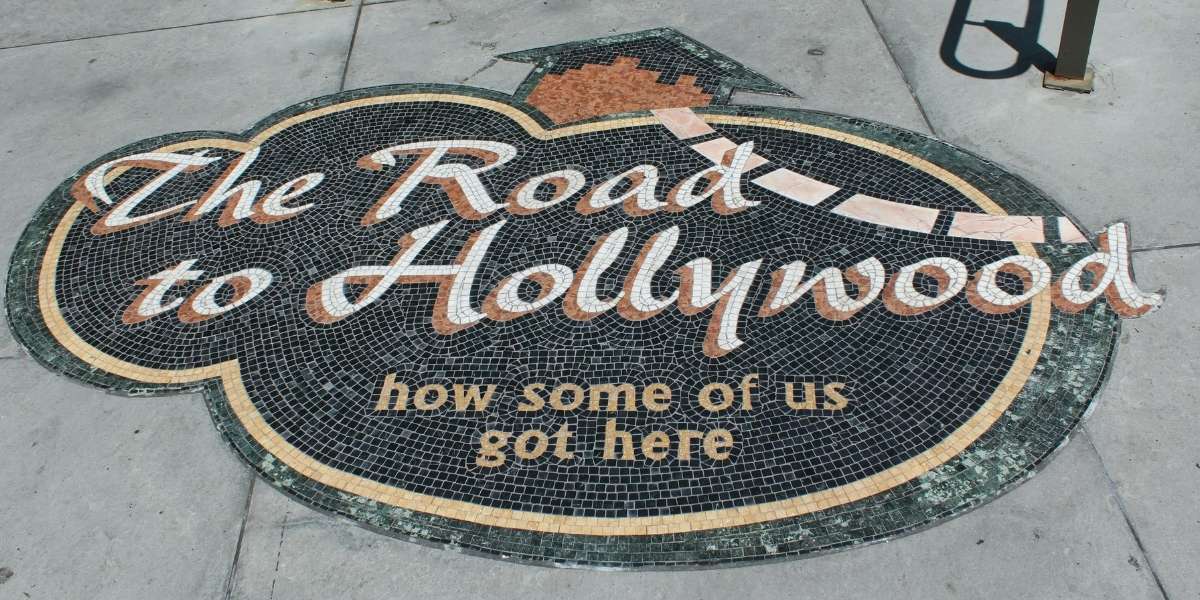When people think of Los Angeles, they often imagine endless freeways and car-dependent sprawl. However, parts of LA have quietly developed into some of the most walkable urban spaces in America. Several neighborhoods combine pedestrian-friendly design with vibrant street life, proving that Southern California’s largest city offers more transportation options than its reputation suggests.
Read also: A Practical Guide to Developing an Effective Writing Routine
Walkable Neighborhoods That Defy LA Stereotypes
Downtown Los Angeles has transformed dramatically in recent years into a pedestrian haven. The Historic Core district features wide sidewalks perfect for strolling past beautifully restored early 20th century buildings. Grand Central Market provides a bustling food hall where walkers can refuel, while the nearby Arts District offers industrial-chic streets lined with murals and cafes. The city has added pedestrian bridges and improved crosswalks to connect these areas seamlessly.
Santa Monica represents another highly walkable LA enclave, particularly around the Third Street Promenade and pier area. Wide sidewalks, frequent crosswalks, and pedestrian-only zones create an environment where walking becomes the natural way to get around. The beachside path connects Santa Monica to Venice Beach, allowing walkers to enjoy ocean views for miles without dealing with traffic. These areas demonstrate how thoughtful urban planning can create walkable spaces even in car-centric regions.
Hollywood has also improved its walkability through streetscape projects. The Hollywood Walk of Fame area now features wider sidewalks, more pedestrian crossings, and slower traffic speeds that make exploring on foot more enjoyable. While still busy, these changes help visitors comfortably walk between attractions like the TCL Chinese Theatre and Capitol Records Building. Local businesses benefit from the increased foot traffic that better walkability generates.
Features That Make LA Neighborhoods Walkable
Several key elements contribute to making parts of Los Angeles surprisingly pedestrian-friendly. Mixed-use zoning means apartments sit above shops and restaurants, creating lively streets where people can meet most daily needs within walking distance. This contrasts with single-use zoning that requires driving between separated residential and commercial areas. Many walkable LA neighborhoods maintain this traditional urban pattern that flourished before the automobile era.
Public transit access enhances walkability by reducing reliance on cars. Metro Rail stations and bus stops in areas like Koreatown and Westwood allow residents to walk to transportation hubs rather than drive everywhere. The expanding light rail system continues to connect more neighborhoods, making walking+transit combinations increasingly practical. Dense networks of bus routes fill gaps between rail lines across the city.
Pedestrian infrastructure improvements have made walking safer and more comfortable. Many LA neighborhoods now feature:
- Wider sidewalks with ample space for outdoor dining
- Shade trees that provide relief from the California sun
- Clearly marked crosswalks with pedestrian countdown signals
- Traffic calming measures that slow vehicles on residential streets
These features encourage walking by addressing common barriers like safety concerns and harsh weather conditions. The city has also installed more pedestrian-scale lighting that makes walking at night feel secure.
Cultural attractions clustered together create natural walking circuits. Museum Row along Wilshire Boulevard allows visitors to walk between the Los Angeles County Museum of Art, Petersen Automotive Museum, and La Brea Tar Pits. The Getty Center’s hilltop campus, accessible by tram, offers stunning architecture and gardens designed for pedestrian exploration. These destination clusters give walkers compelling reasons to move between sites on foot rather than by car.
Los Angeles continues working to expand its walkable areas through policy changes and infrastructure investments. Recent initiatives prioritize complete streets designs that accommodate pedestrians equally with vehicles. While much of the region remains car-dependent, the growing number of walkable neighborhoods shows that LA can successfully blend California car culture with vibrant pedestrian spaces. For visitors and residents alike, discovering these walkable districts provides a different perspective on America’s second-largest city—one where strolling pleasant streets becomes part of the authentic LA experience.
The city’s walkable transformation demonstrates how even famously car-oriented places can evolve to meet modern demands for pedestrian-friendly urban living. As more neighborhoods improve their walkability, Los Angeles keeps surprising skeptics by offering enjoyable alternatives to constant driving. These changes suggest a future where walking becomes a practical choice in more parts of the city, complementing rather than replacing LA’s automotive heritage.
Read also: A Beginner’s Guide to Assembling Your Own Gaming PC





